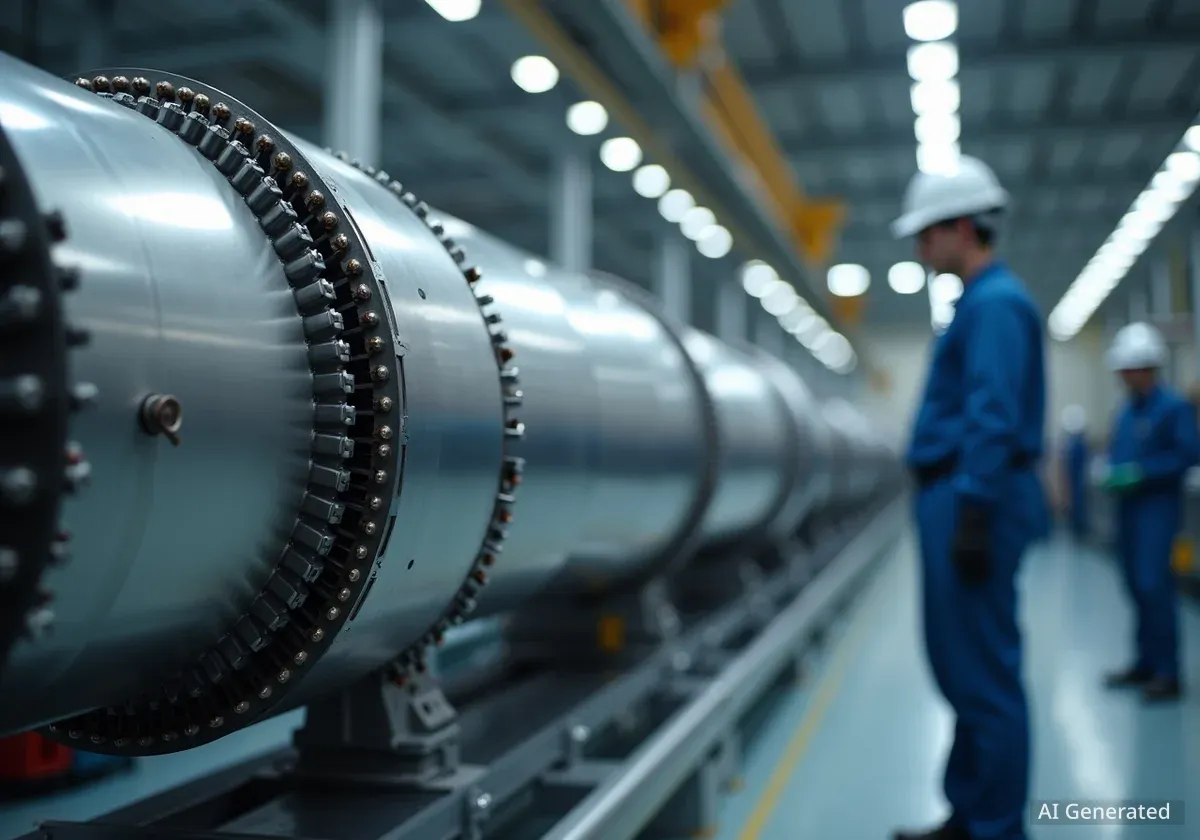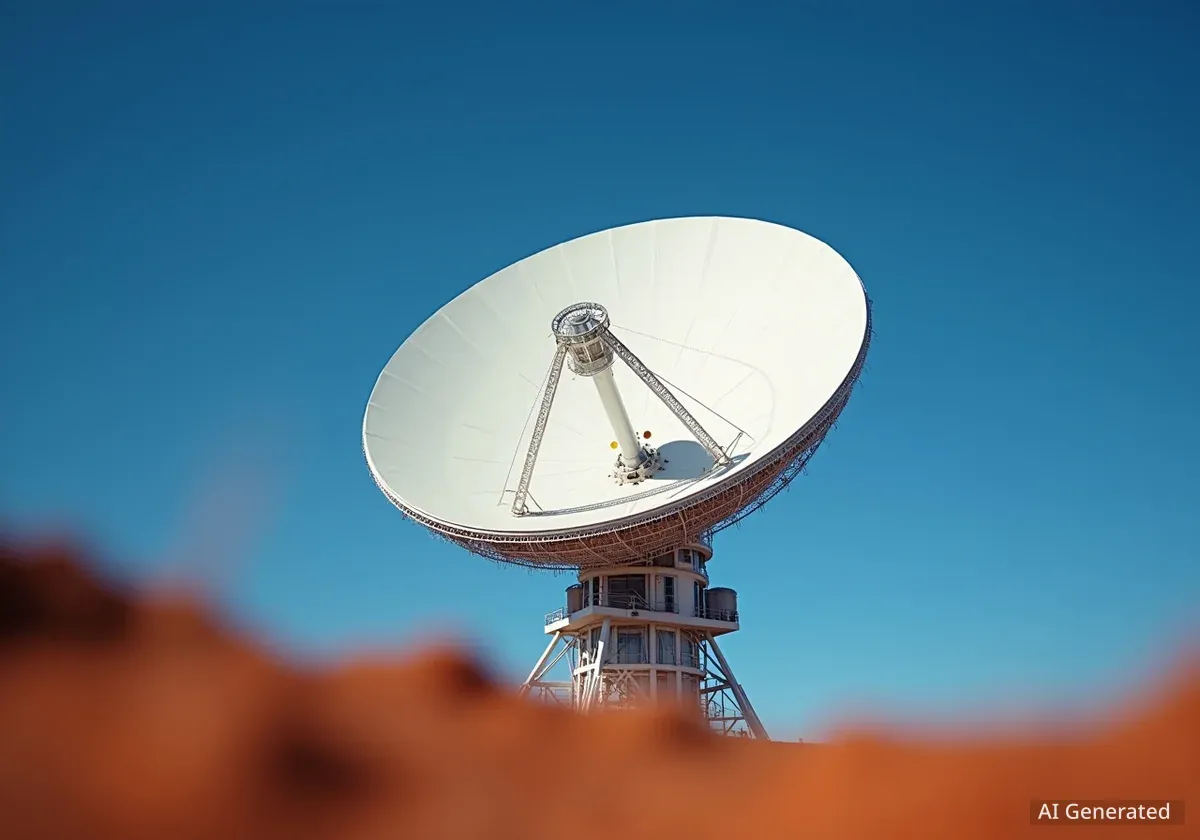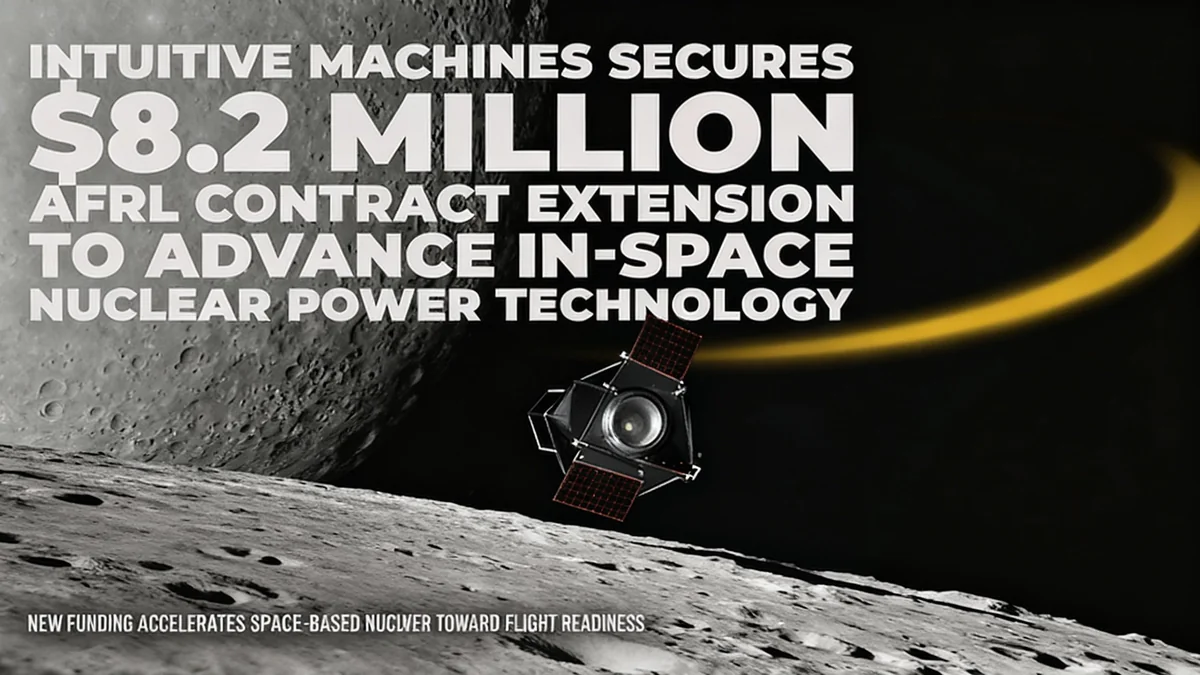The European Space Agency (ESA) and Italian aerospace company Avio have signed a contract valued at €40 million to advance the development of a reusable upper stage for rockets. The 24-month agreement, formalized at the International Aeronautical Congress in Sydney, Australia, initiates activities to design and test the technologies required for an in-flight demonstration mission.
Key Takeaways
- ESA and Avio signed a €40 million contract for a 24-month development phase.
- The project aims to create a reusable upper stage demonstrator that can return to Earth.
- This initiative is a critical step towards fully reusable European launch systems, aiming to increase cost-efficiency and competitiveness.
- The development will build on existing European progress in liquid propulsion, reentry vehicles, and recovery technologies.
Details of the Partnership Agreement
The contract was officially signed by Toni Tolker-Nielsen, ESA’s Director of Space Transportation, and Marino Fragnito, Avio’s Chief Commercial Officer and Launch Services Director. This formalizes a collaboration focused on one of the most significant challenges in modern rocketry: making the final stage of a rocket reusable.
The €40 million in funding will cover a two-year period dedicated to preliminary design and technology assessment. This phase will define the system requirements for both the flight vehicle and the necessary ground infrastructure to support its return and reuse.
The primary goal is to move from concept to a tangible design for a demonstrator mission. This will involve tackling complex technological hurdles associated with atmospheric reentry, controlled landing, and refurbishment for a subsequent flight.
What Is an Upper Stage?
An upper stage, sometimes called an orbital stage, is the final part of a multi-stage rocket. Its function is to perform the last burn to insert a payload, such as a satellite, into its precise target orbit. Historically, these stages are expended, burning up in the atmosphere or becoming space debris after a single use.
The Significance of Upper Stage Reusability
While companies have successfully demonstrated the reusability of first-stage boosters, which return to Earth shortly after launch, recovering an upper stage is a far greater challenge. These stages travel at much higher velocities and altitudes, making a safe return significantly more complex.
A reusable upper stage has the potential to drastically reduce the cost of space access. It would also decrease the amount of orbital debris created by launch activities. According to ESA, achieving this capability is a game-changer for the future of space logistics.
Toni Tolker-Nielsen of ESA highlighted the project's strategic value in a statement.
“I am glad to sign this contract since its importance is two-fold: on one side it addresses technological criticalities in the short-term, on the other side it paves the way for the preparation of Europe’s long-term future in space.”
This initiative aligns with ESA's long-term vision of creating a more sustainable and industrial ecosystem in Earth's orbit, complete with transportation hubs that function like terrestrial airports.
Building on Existing European Technologies
The project will not start from scratch. Instead, it will leverage a portfolio of technologies that European industry has been developing for years. This includes advancements in propulsion, materials, and autonomous systems.
Key Technology Areas
- Advanced Liquid Propulsion: The project will likely utilize experience from developing liquid oxygen-methane engines, which are considered efficient and well-suited for reusable systems.
- Reentry Systems: Knowledge gained from vehicles like ESA's Space Rider, an uncrewed robotic spaceplane designed for reentry, will be crucial.
- Recoverability and Reusability: The activities will complement ongoing efforts to de-risk reusable lower stages, creating a comprehensive approach to full rocket reusability.
Giulio Ranzo, the Chief Executive Officer at Avio, expressed enthusiasm for the project and its connection to the company's existing work.
“We are excited to work on the reusable upper stage, leveraging on our parallel experiences in liquid oxygen-methane engines and stages as well as on the Space Rider reentry vehicle. We aim to create an advanced, light-weight, performance-efficient solution for our next-generation launchers to serve customers with higher flight rates and competitive costs.”
A Harmonized European Effort
The collaboration is designed to maximize the return on investments already made by ESA and its member states. Giorgio Tumino, ESA’s Chief Technical Advisor for Space Transportation, noted the collaborative nature of the program.
“The objective and content of the activities are the result of a joint harmonisation work made together with Avio to maximise the technology return on ESA and national investments,” Tumino said. He emphasized that the project capitalizes on existing progress to support various future scenarios, including evolutions of the Vega rocket family and entirely new launch systems.
Future Implications for European Launchers
Successfully developing a reusable upper stage would significantly enhance Europe's position in the global launch market. It would allow for more frequent and less expensive missions, which is critical for deploying large satellite constellations and supporting a growing in-orbit economy.
The demonstrator mission, once designed, will serve as a crucial testbed. It will provide invaluable data on the performance of the vehicle during reentry and landing, paving the way for an operational system.
This contract represents a foundational step. While the path to a fully operational reusable upper stage is long and filled with technical obstacles, this €40 million investment signals a firm commitment from Europe to pursue this transformative technology and secure its future in space transportation.





